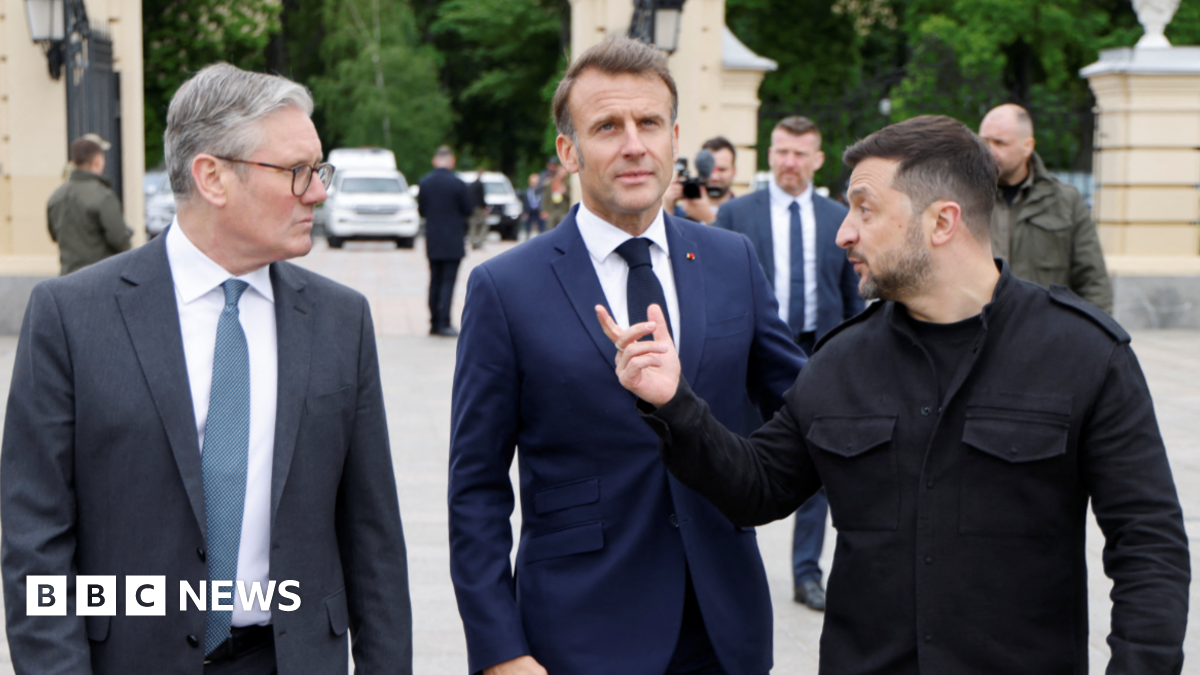30-Day Truce Push: EU Targets Russia – A Gamble for Peace?
The European Union is pushing for a 30-day ceasefire in Ukraine, a bold initiative aimed at de-escalating the ongoing conflict and paving the way for potential peace negotiations. This proposal, while met with cautious optimism in some quarters, faces significant hurdles and skepticism from others, particularly given Russia's track record in the conflict. The move highlights the EU's evolving strategy in addressing the crisis and its increasing pressure on Moscow.
EU's Strategy: A Balancing Act
The EU's proposal for a 30-day truce represents a significant shift in its approach. While consistently providing Ukraine with substantial military and humanitarian aid, the bloc has also been exploring avenues for diplomatic engagement. This latest push reflects a desire to find a pathway towards peace, even amidst the intense fighting and ongoing atrocities. The strategy involves a delicate balancing act: maintaining unwavering support for Ukraine's sovereignty while simultaneously pursuing avenues for conflict resolution.
This isn't simply a humanitarian gesture. The EU recognizes the devastating economic and social consequences of the prolonged war, not only for Ukraine but also for the wider European continent. Energy prices, inflation, and the refugee crisis are just some of the knock-on effects impacting EU member states. A ceasefire, even a temporary one, could provide a much-needed respite and create an opportunity for rebuilding and recovery.
Challenges and Skepticism
The success of the 30-day truce initiative hinges on several critical factors. The most significant challenge is securing Russia's buy-in. Given Russia's past actions and its continued aggressive military operations, there's considerable doubt about its willingness to genuinely engage in a ceasefire. Many analysts believe that any truce would need to be heavily monitored by international observers to prevent violations.
Furthermore, the definition of a "ceasefire" itself is crucial. Will it encompass all military activities, including shelling and missile strikes? Will it address the ongoing occupation of Ukrainian territories? These are critical questions that need clear answers before any meaningful progress can be made. Ukraine, understandably wary of Russian intentions, will likely demand strict guarantees and conditions before agreeing to any such arrangement.
Potential Outcomes and Next Steps
The outcome of the EU's push remains uncertain. A successful 30-day truce could create a much-needed window of opportunity for meaningful negotiations. However, even a temporary cessation of hostilities could be fraught with challenges, requiring significant diplomatic efforts to prevent renewed escalation. Failure to secure a ceasefire, on the other hand, could further embolden Russia and prolong the conflict, with devastating consequences.
The EU’s next steps will likely involve intensified diplomatic efforts, engaging with key international partners, including the United States and NATO allies. Close coordination with Ukraine will be essential to ensure that any agreement reflects its security concerns and territorial integrity. The coming weeks will be crucial in determining whether this ambitious initiative can translate into tangible progress towards a lasting peace.
Related Articles:
- [Link to an article about EU aid to Ukraine]
- [Link to an article about the ongoing conflict in Ukraine]
- [Link to an article about international efforts to resolve the conflict]
This article aims to provide a comprehensive overview of the EU's 30-day truce proposal, highlighting the complexities and challenges involved. It is important to follow the unfolding situation closely as events continue to evolve. What are your thoughts on the EU's initiative? Share your comments below.

